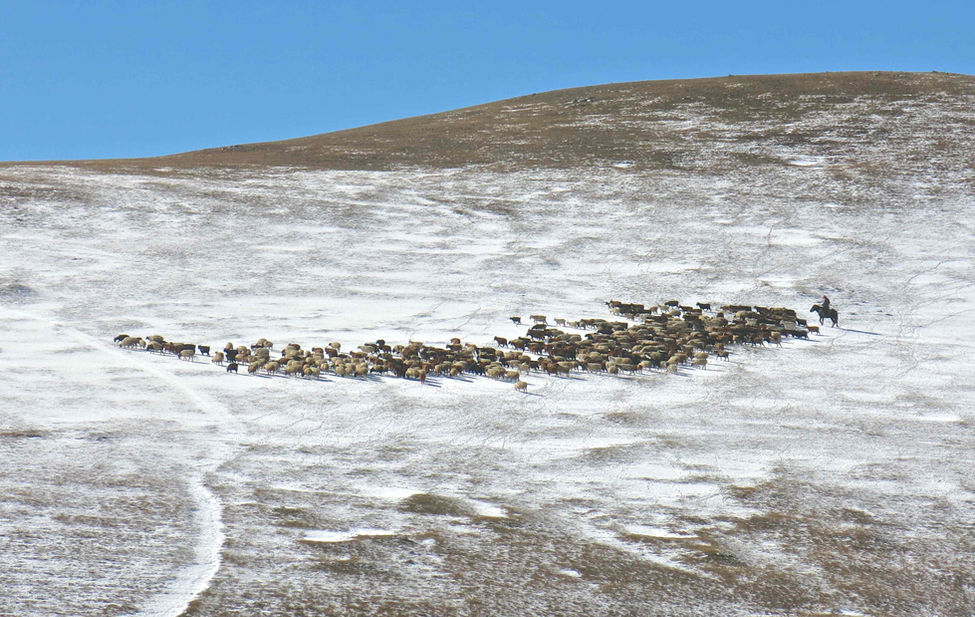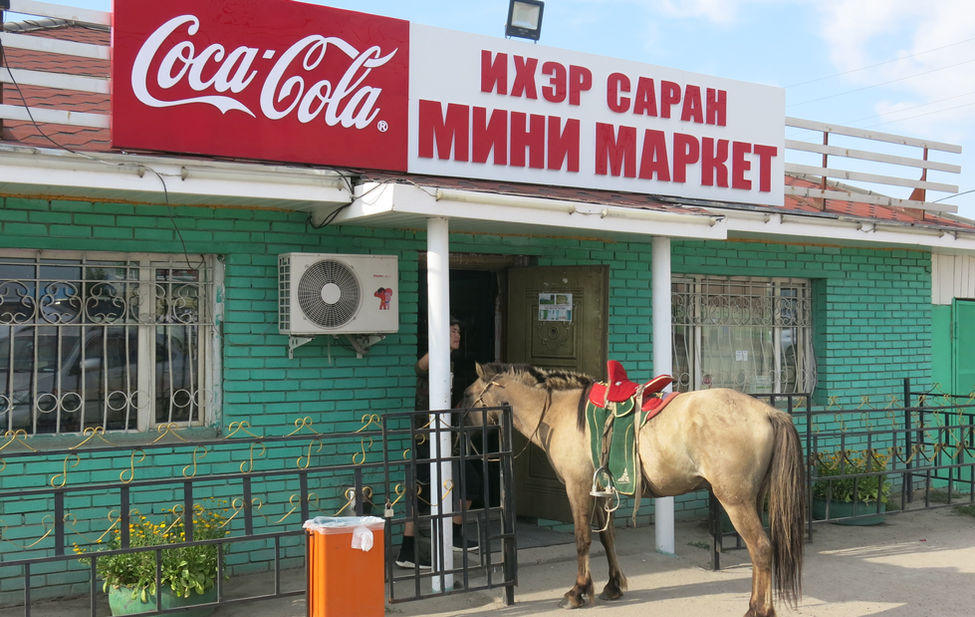Click top image to view larger and caption
The Mongolian Steppe
A Threatened Ecosystem
Mongolia
by Daniel Miller
Published December 2023
Mongolia is twice the size of Texas. About 75 percent of the country is rangeland, which provides forage for livestock, habitat for wildlife, watershed functions, and ecosystem services. It also has one of the world’s last intact rangeland ecosystems. As such, the proper use of this resource should be a priority.
Mongolia has a long history of nomadic pastoralism, with herders raising livestock for thousands of years and having extensive traditional ecological knowledge and understanding of their environment. However, inappropriate government policies, lack of economic incentives for improved range and livestock management, and market failures now threaten the rangelands and Mongolia’s nomadic heritage.
The increase in livestock numbers in recent years — from 25 million in 1992 to 75 million now — has led to widespread overgrazing, especially in riparian areas adjacent to rivers and streams, and there is increasing evidence of range degradation.
Sustainability policies need to be created and implemented to reduce the livestock population and balance livestock numbers with available forage. Approaches that build on indigenous knowledge and practices, incorporate new scientific findings (including emerging technologies), and adapt to domestic and international markets for livestock products are needed to secure a sustainable range-livestock production system.
Daniel Miller
Daniel Miller is currently "retired" and lives in Wyoming. He moved there in 2020 after spending the previous three years living and working in Mongolia. Previously, he lived and worked in Pakistan, the Philippines, Papua New Guinea, Mongolia, India, Afghanistan, China, Bhutan, and Nepal. His work involves designing and managing agriculture, economic growth, rural development, and conservation projects.
Miller has a Master degree in Forestry from the University of Montana, and is trained as a rangeland ecologist. He grew up on a dairy farm in Minnesota and worked for many years as a cowboy in Montana and his personal and professional interest is with the wildlife and nomadic pastoralists of the Himalaya, Tibetan Plateau, and Mongolian Steppe, and with cowboys and ranchers in the American West.
He uses photography to help illustrate his work among nomads and in ranching communities in the United States. A photographic essay, Drokpa: Nomads of the Tibetan Plateau and Himalaya, with 108 black and white images, was published as a book in 2008 by Vajra Publications, Kathmandu, Nepal.


























